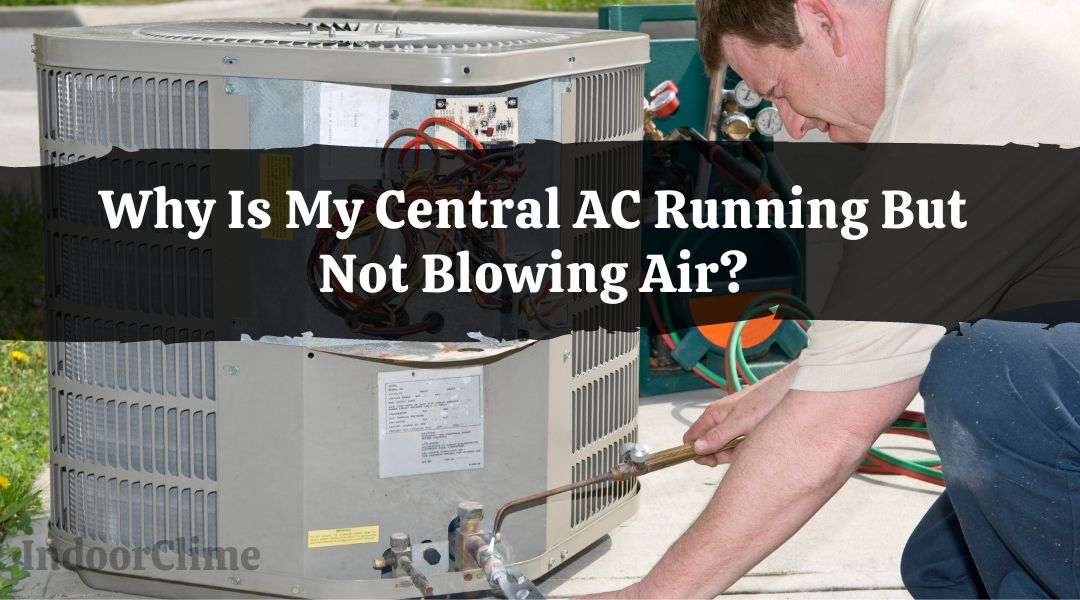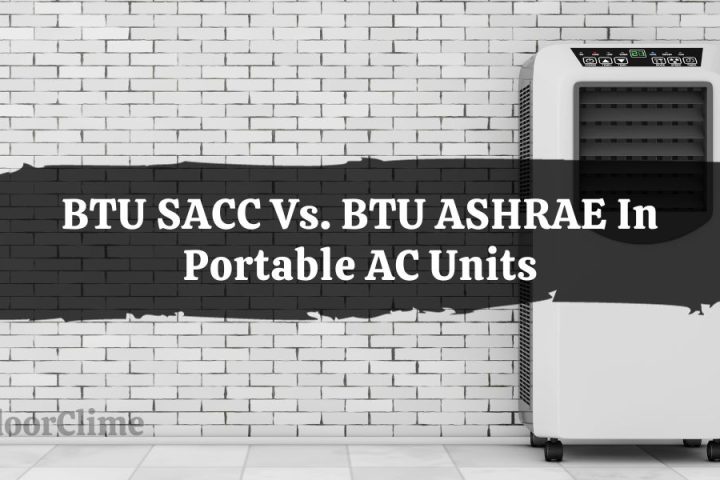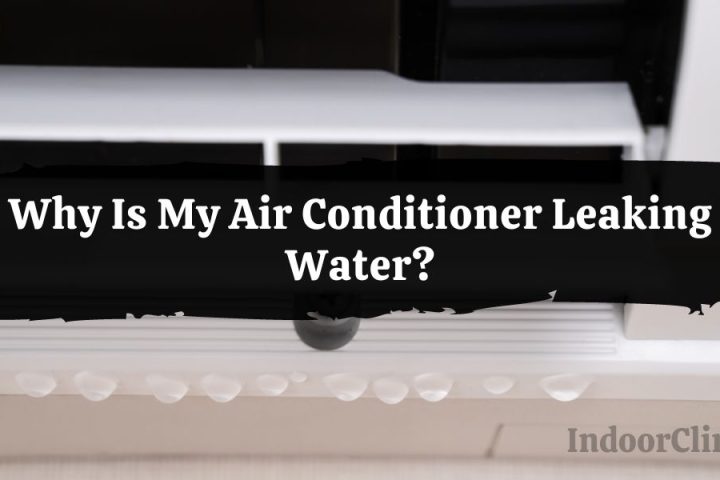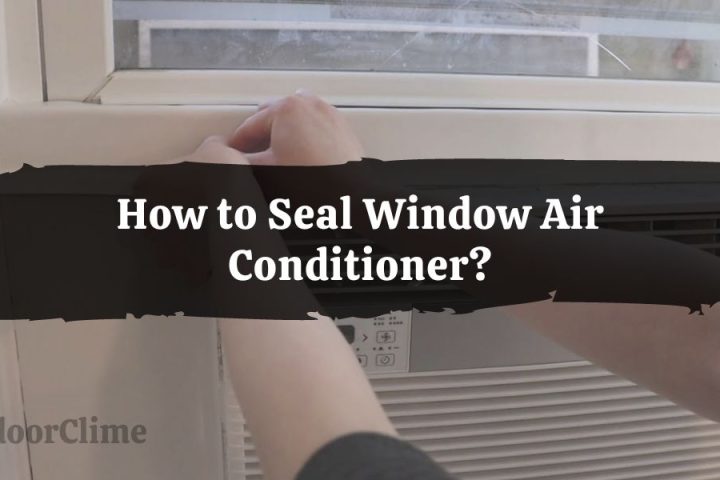Nothing beats a summer heatwave without a functional central air conditioning system.
While many problems need the services of a professional, including why is your central AC running but not blowing air, there are a few typical concerns that homeowners may readily handle.
This article will help you assess your home’s air conditioning system problems and lead you through the procedures to solve basic difficulties.
We’ll also tell you which problems you can tackle yourself and when best to hire a specialist for AC repair.
Why Is My Central Air Conditioner Running But Not Blowing Air?

There are several reasons your central air conditioner may be running but not blowing air, ranging from basic issues such as a poorly set thermostat or a dirty filter to more complex scenarios requiring part replacement.
It also might be an obstructed condenser device or a heat pump damaged. It can also be a frozen evaporator coil or a simple leak in the refrigerant.
What To Check If Your Central AC Running But Not Blowing Air?
Turn on your air conditioner, lower the thermostat 5-10 degrees below the current temperature, and wait 60 seconds. If your air conditioner is running but not blowing, these are the questions: Can you get air via your vents? Is the exterior compressor and fan activated?
If one of the components does not turn on, ensure each component receives power. Examine your circuit breaker (hopefully, the air conditioning components are labeled).
Reset the breaker that is attached to the gadget that isn’t working. You could also double-check the batteries in your thermostat, which are located behind the faceplate.
While your system is running, place your hand in front of the air registers (the vents on your floors, walls, or ceiling that deliver conditioned air). Is there any air being blown?
Without airflow, your air handler is most likely broken (blower). When was the last time you made a filter adjustment? Examine your filter and the condition of your indoor unit once again.
Check To Make Sure The Air Handler Is On And Plugged In
There are steps to follow before you turn on the air conditioner. Inspecting your system for faults or essential maintenance is a good idea. You may make easy repairs or contact an expert by examining your system before the weather warms up.
Waiting and crossing your fingers when you attempt to switch on the system on our first hot day might result in days of pain while repairs are made.
You may take a few easy actions to visually and physically inspect the various components of your system and ensure that your air conditioning works when you need it.
Begin by turning your thermostat to “off” and raising the temperature to a high setting (about 80 degrees), then check the following:
1. Examine the thermostat. Is it out of date? Installing a modern, programmable thermostat might help you save money and energy.
2. Examine any exposed ductwork for signs of deterioration since this might be a source of cooling loss or inefficiency in the home.
3. Examine the air vents in your home. Items such as draperies, furniture, and toys that might obstruct ventilation should be removed.
4. Examine the drain line. A drain near the interior cooling coil is typically located in the basement above the furnace.
5. You can maintain your air conditioning drain clear throughout the summer by flushing one cup of chlorine bleach down it and rinsing it with a gallon of water. The air conditioner drain pipes become blocked when dirt accumulates on the interior coil.
6. Check circuits to ensure that all electrical connections are turned on.
7. Check that the furnace/air conditioning unit’s electricity is switched “on.”
8. Examine the outside condenser. Check for obstructions in or near the equipment and clean the surrounding space. Leaves, vines, and debris can clog inner components and impair operation. It would help if you also looked for any missing panels. The panels are intended to protect the electrical connections.
9. Examine the refrigerant lines visually. Insulation should be installed on the lines. Proper insulation will increase the system’s efficiency. A specialist should do any repairs to the insulation or refrigerant lines.
10. Examine the outside electrical wiring for signs of deterioration. Contact a specialist if you detect any damage or wear before utilizing your equipment. Know when your air conditioner has reached the end of its useful life. Air conditioners have a useful life. Even if carefully maintained your equipment, it will ultimately wear down.
After evaluating your interior and exterior equipment as described above, you may test the system. Set your thermostat to the preferred temperature and turn the system “on.” Go outside and listen to confirm that the condenser fan is running and not generating odd noises. Because the device removes warm air from your home, the air streaming out of the top of the unit should be warm.
Please turn on the system and run it for 15 minutes or until the home’s interior temperature declines in all areas. Schedule annual maintenance with a professional service specialist at least once a year to guarantee that your system runs properly throughout the year.
Listen To Your Air Handler
There are two likely scenarios if your air handler is running but not blowing air; a.) a broken AC blower belt or b.)an issue with the motor itself.
You’re most likely talking about a problem with the engine itself if the air handler is humming or buzzing but not making the mechanical sounds of a motor running, and this is a case where you’ll need a professional.
Something that a DIY-savvy homeowner could tackle themselves to see if the blower belt is broken or if the motor is running but it is not moving any air.
It does require opening up the air handler and replacing parts. Most homeowners will probably look to a professional for this as well.
Check Your Outdoor Compressor

You can inspect the refrigerant coils to see if they are covered with dust, dirt, or ice that runs the perimeter of the condensing unit.
You should thoroughly clean or defrost them to remove the buildup. You can have options to have it DIY inclined, or you would want to call a professional to handle it.
If you’ve tried many DIY tutorials, but none works, you’ll need a professional because you likely have either low coolant or deeper problems with the compressor.
Make Sure Air Registers Are Clear of Blockage
The air registers are the vents that blow the cold air into the rooms of your home that need to be open and free of blockage.
Due to the longevity of air conditioners, these air registers may get closed, or dust can build up that limits airflow. Removing the registers with a screwdriver and ensuring they are clear of dust and blockage can help.
Did You Check Everything, and Nothing Worked? What To Do Now?
Despite trying so many DIYs and researching everything that may help do the work, none of the above got positive results; then you’re going to call for the help of a professional.
It’s time when the dead end comes with enlisting the help of an expert to solve your air conditioner problems.





